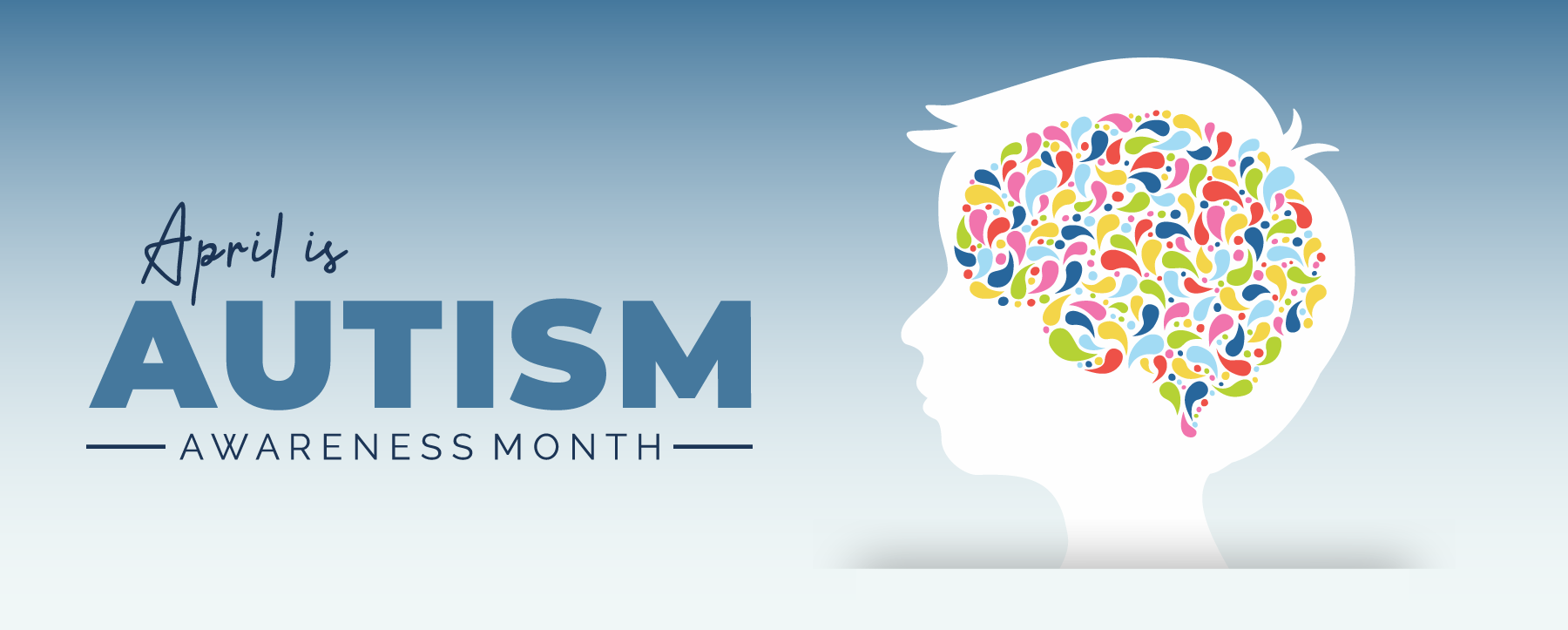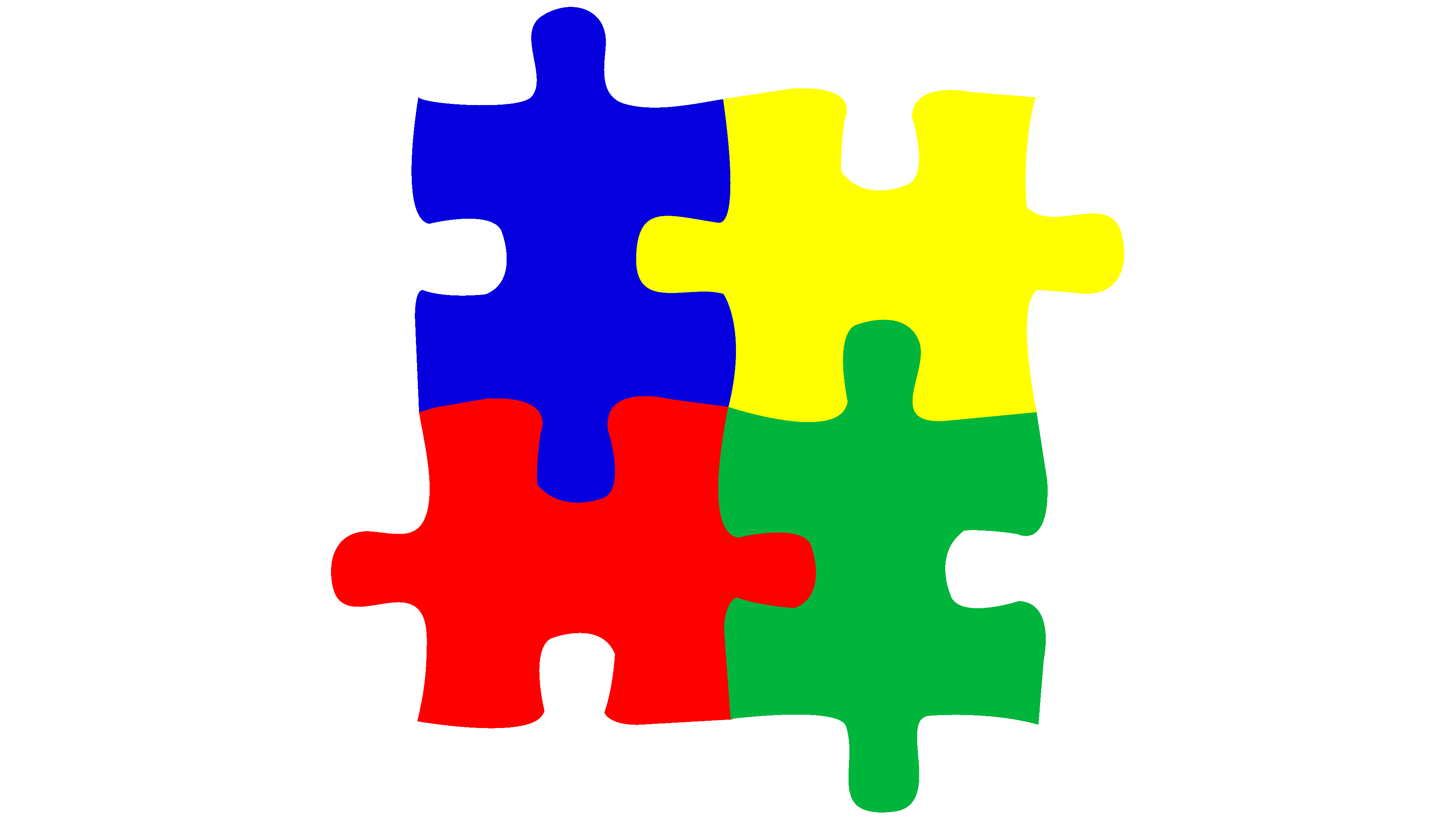Discovering Autism: Approaches for Efficient Communication and Communication
Effective communication and communication with people on the autism spectrum necessitate a detailed understanding of their unique requirements and choices. Techniques such as using clear language, utilizing visual assistances, and fostering constant routines can substantially enhance interaction and reduce stress and anxiety. Acknowledging the value of non-verbal hints and shared passions paves the way for meaningful links. Nonetheless, the ins and outs of these strategies expose additional considerations that warrant expedition, particularly in how they can be adapted to individual experiences and varied contexts. What might these adjustments resemble in method?
Comprehending Autism Range Disorder
Autism Spectrum Disorder (ASD) includes a variety of neurodevelopmental problems defined by difficulties in social communication, interaction, and repeated actions. The term "range" mirrors the diverse manifestations and varying levels of seriousness experienced by people with ASD. While some might display significant problems, others might present high-functioning qualities, enabling higher freedom in every day life.
The beginning of ASD usually takes place in very early childhood, with signs typically identifiable by age 2. Very early indications might include postponed speech advancement, minimal eye contact, and problems in recognizing social cues. Although the exact etiology of ASD remains uncertain, research study recommends a mix of ecological and genetic aspects plays a vital role in its advancement.
As an outcome, interventions and support tailored to private needs are essential for cultivating interaction and social abilities. Identifying the intricacy of ASD is vital for advertising awareness, acceptance, and reliable methods that help with purposeful communications with individuals on the spectrum.

Relevance of Clear Communication
Efficient communication is important for cultivating understanding and link, particularly for individuals with Autism Range Condition (ASD) Clear communication not only facilitates social communications however likewise enhances the individual's capacity to share their feelings, needs, and ideas. For individuals with ASD, the subtleties of language can commonly be testing; therefore, making use of distinct and uncomplicated language is essential.
In addition, clear communication aids decrease disappointment and stress and anxiety that might emerge from misunderstandings. When messages are communicated in a constant and direct fashion, people with ASD are much better geared up to interpret details properly, which can considerably boost their social engagement and engagement in different settings.
Developing regimens and utilizing aesthetic assistances can further strengthen clear interaction. These approaches give individuals with predictable frameworks that aid comprehension and retention of info. Furthermore, proactively being and paying attention individual during interactions promotes an encouraging atmosphere where people with ASD really feel valued and recognized.
Eventually, focusing on clear communication not just empowers individuals with ASD but additionally promotes even more significant links with their peers, caregivers, and the bigger community, leading the way for inclusive interactions and collective connections. - autism
Non-Verbal Interaction Techniques
Interaction expands beyond words, and for people with Autism Spectrum Condition (ASD), non-verbal signs play a considerable role in communications. Non-verbal communication techniques can include faces, motions, body movement, and eye call, all of which function as essential parts for communicating feelings and intents.
Recognizing and interpreting these non-verbal signals can improve interactions with people with ASD. A warm smile or open position can develop a welcoming environment, urging involvement. Similarly, making use of aesthetic aids-- such as picture cards or signs-- can bridge communication spaces and assist share messages better.
It is likewise vital to be conscious of personal space, as individuals with ASD might have various convenience degrees relating to proximity. Observing their responses to physical distance Visit Your URL can notify proper changes.

Producing Helpful Environments
Creating an encouraging environment is critical for fostering favorable interactions and boosting the wellness of people with Autism Spectrum Condition (ASD) Such atmospheres can substantially minimize anxiety and produce a sense of safety, permitting people to reveal themselves extra easily.
To achieve this, it is important to take into consideration sensory level of sensitivities that people with ASD may experience. Changing the physical space to include soft lights, very little history sound, and comfortable seats can develop a soothing atmosphere. Furthermore, making use of constant regimens and clear aesthetic routines can help people anticipate changes and decrease uncertainty, further promoting convenience.
Social areas should be structured to lessen overwhelming stimuli while giving opportunities for interaction in favored tasks. Assisting in areas assigned for silent time can additionally function as a refuge during moments of tension. Significantly, including elements of selection encourages individuals, allowing them to work out company in their setting.

Encouraging Social Communications
Cultivating social interactions among individuals with Autism Spectrum Condition (ASD) requires deliberate techniques that focus on convenience and engagement. Establishing foreseeable regimens can help in reducing anxiety, making social settings a lot more friendly. Developing organized atmospheres with defined roles and responsibilities allows people to engage without the overwhelming pressure of disorganized social dynamics.
Including passions and toughness right into social tasks can work as a stimulant for communication. As an example, arranging group activities around shared pastimes or subjects of fascination can assist in natural conversations and links. Furthermore, using visual supports, such as social manuscripts or pictorial routines, can help in understanding social signs and assumptions.
Designing appropriate social actions is crucial - autism. Peers and grownups need to show efficient interaction strategies, including active listening and turn-taking. Role-playing circumstances can likewise supply a secure space for people to practice these abilities
Lastly, cultivating peer relationships via comprehensive methods is necessary. Encouraging comprehensive playdates or team trips can develop possibilities pop over here for socializing in a comfy setting. By applying these strategies, caretakers and instructors can significantly enhance social interactions for individuals with ASD, advertising their overall social advancement and well-being.
Verdict
In final thought, effective interaction and communication strategies are crucial for supporting people with Autism useful content Range Disorder. Ultimately, these methods equip individuals with autism to browse social landscapes, advertising their total health and making it possible for the advancement of enduring relationships.
Effective communication and interaction with individuals on the autism spectrum necessitate a comprehensive understanding of their one-of-a-kind needs and choices. Clear interaction not just facilitates social interactions yet likewise boosts the person's ability to express their thoughts, emotions, and demands.Cultivating social interactions among people with Autism Range Condition (ASD) requires intentional strategies that focus on convenience and engagement. By applying these caretakers, instructors and strategies can substantially enhance social interactions for individuals with ASD, advertising their overall social advancement and health.
In conclusion, effective communication and interaction techniques are necessary for supporting people with Autism Spectrum Condition.